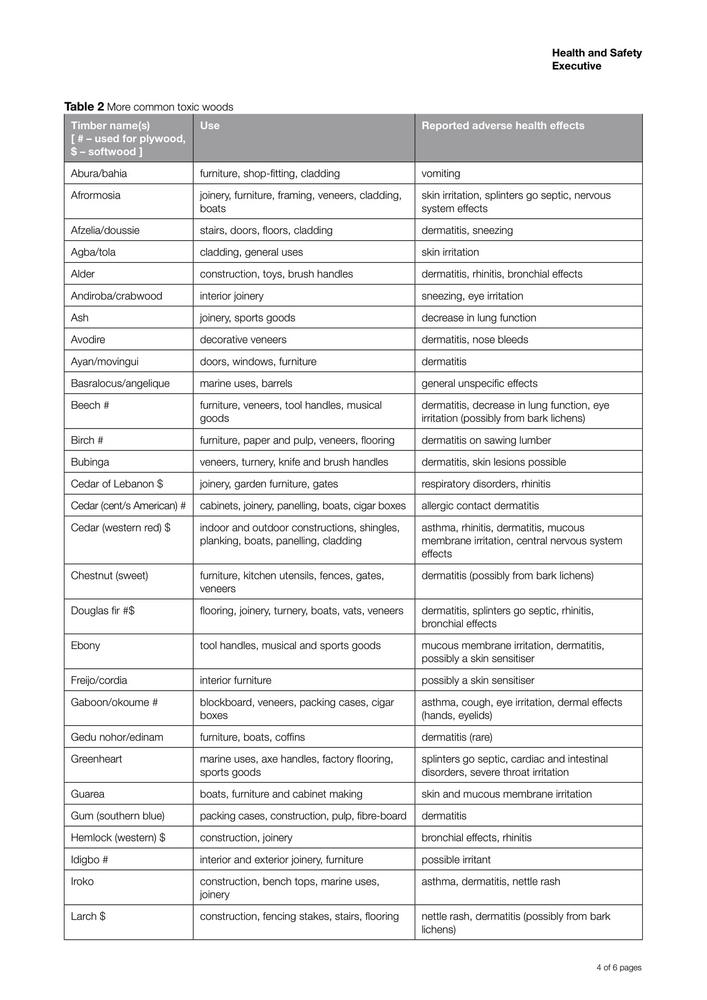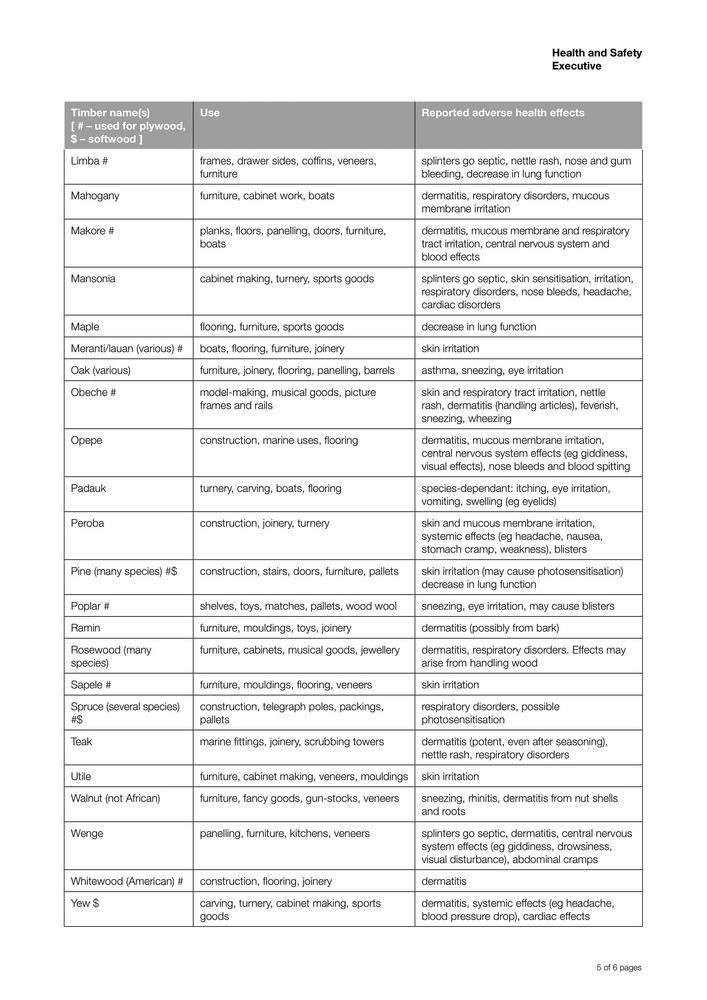I'm quite new to woodworking but I'm wanting to make coffee tables, cabinets and coasters with the goal to sell at Boot sales and craft fairs etc.
Some of the wood available locally is Yew I'm concerned having read this is toxic. I plan to seal all my projects with gloss epoxy resin but should I still avoid this type of wood? I don't plan to make any cups, bowels or food related stuff just tables, shelves and coasters
In addition what precautions should I take whilst cutting and sanding wood in general? Are basic disposable dust masks OK? I never realised before that wood dust could be dangerous. :shock: my uncles been a pro joiner for decades an I've never seen him use a mask
If I used a vacuum to collect all the wood dust from my garage how would I dispose of it? Should it be sent to specific waste centers similar to asbestos Or am overreacting?
Some of the wood available locally is Yew I'm concerned having read this is toxic. I plan to seal all my projects with gloss epoxy resin but should I still avoid this type of wood? I don't plan to make any cups, bowels or food related stuff just tables, shelves and coasters
In addition what precautions should I take whilst cutting and sanding wood in general? Are basic disposable dust masks OK? I never realised before that wood dust could be dangerous. :shock: my uncles been a pro joiner for decades an I've never seen him use a mask
If I used a vacuum to collect all the wood dust from my garage how would I dispose of it? Should it be sent to specific waste centers similar to asbestos Or am overreacting?


































